Making video conferencing work for everyone
The right hardware, such as a AI-infused video-conferencing solution, can make all the difference for you and your hybrid workforce

One of the most noticeable legacies of the pandemic is the number of hybrid meetings we now have because whether you’re in the office or at home (or somewhere fancier) the average workforce is spread far and wide.
And, by now, most workers will have some idea of what makes a good team meeting: you need crystal-clear sound quality, crisp, high-definition video and that all important feeling of inclusion, particularly for those that are remote. Much of this can depend on the hardware being used, which is why many businesses opt for specialist video-conferencing solutions from companies such as Trust.
Although it may seem like it, video conferencing isn’t a new technology that has come about as a solution to the pandemic or the mass shift to remote working. It was here long before the outbreak of COVID-19, but it just wasn’t as big a priority for businesses or the technology industry until now. Before 2020, business meetings were largely in the office with one or two colleagues dialling in, but now it can sometimes be half or more of the participants are at home. This often means that a percentage of the participants (those at home) can have difficulties seeing and hearing those in the office.
This is why a good video-conferencing unit is a worthwhile investment. The Trust Iris device is affordable and very straightforward to install. Simply plug it into a laptop and you’re ready to host team meetings with up to eight people in one room. It’s also compatible with the most popular video conferencing platforms, including both Zoom and Microsoft Teams. What’s more, its breadth of features can cover any and all headaches that arise with hybrid meetings.
Sounds like trouble
Let’s say you have a meeting of eight people, with four of those in the office and four more dialling in. When remote participants speak, we can usually see them quite clearly, with video conferencing software highlighting their tile. So for the attendees in the meeting room, the talking person will usually be presented on a big screen. The problem is when that is reversed where people in the meeting room talk but exactly who is speaking might not be clear to those who are remote. The view of the meeting room might be too wide or the people in the room are in seats that might be out of view of the camera.
Luckily, some hardware solutions can tackle this problem with specialist software. For instance, the Trust Iris video-conferencing unit has a voice tracking feature where the device will automatically turn towards the speaker and also zoom in on them so remote attendees get a clear and accurate view. Those talking will also benefit from Trust Iris’s ClearSound technology which are algorithm-enhanced speakers optimised for voice audio. AI is used here to hone in on the sound of a voice and automatically filter any vibrations so that every word can be captured and shared as it is spoken. What’s more, built-in microphones will pick up sounds from a range of five metres, which is more than enough for most meeting room sizes – certainly if everyone is sat round a table. And noise-cancelling features will also help to rid the meeting of unwanted external sounds, such as construction works or other employees chatting nearby.
If the meeting room is a little larger than normal, you may need to modify your setup to make sure that everyone can still be heard. For instance, the Iris has an optional extended microphone which slots into the dedicated USB-A port at the back of the camera. This also has a 10-metre cable, to capture sound from that little bit further.
Perfect vision
Video conferencing isn’t just a standard call, however, as the visual is just as important as the audio. If more than three people turn up at the office for the meeting, faces can become a little hard to see. For those at home, it can sometimes be a case that you’re not sure who is taking part or who is even speaking, particularly if there are new people or someone you don’t know that well in the meeting.
Often, a hybrid meeting can feel like you’re simply watching other people meet. Those in the office can chat on the way to the meeting, or strike up a conversation before it starts, leaving you, the worker at home, feeling like a third wheel. One solution here is to allow for some ‘pre-meeting’ chatter with the remote attendees, but of course not all businesses will have the time for banter.
What does help is having that feeling that you’re there in the room, that you can see everyone as clearly as they see you. Most video conferencing software, such as Zoom or Google Meets, will have certain features to enhance images, but these will only do so much. However, the Trust Iris video-conferencing unit has automated technology that can find and zoom in on each speaker as they start to talk. And its 4K ultra HD sensor can cut through blurry and grainy visuals to make the experience crisp and clear for all. There is also a handy remote to manually zoom, or pan and tilt the camera view.
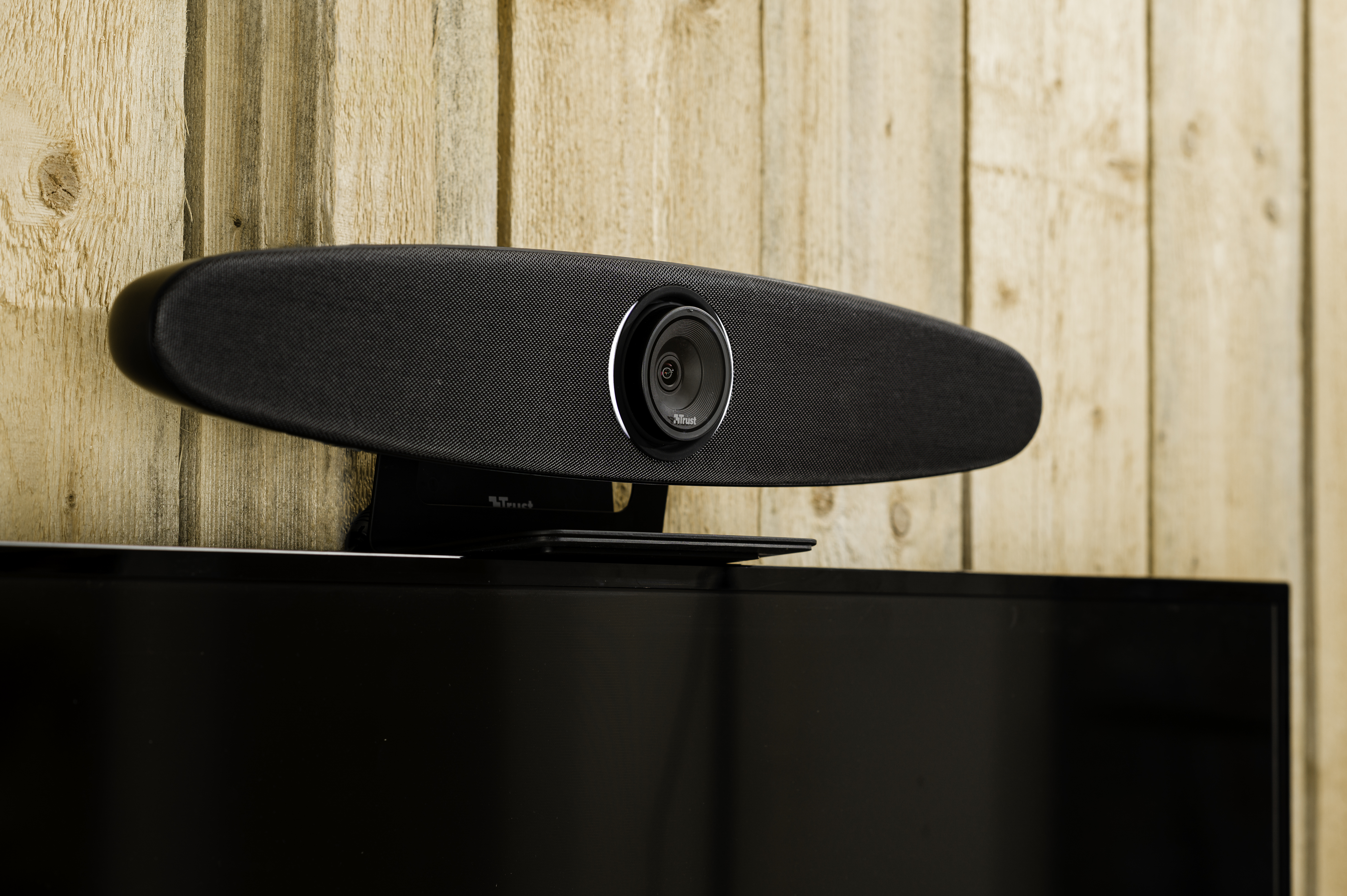
The main goal of these kinds of technology is to boost participation. Meetings are still going to happen and hybrid ones can sometimes neglect some participants or make them feel like non-important extras on the call. Being able to see and hear everyone as clearly as one would in a physical meeting is finally becoming a reality for virtual gatherings.
Fortunately, video-conferencing solutions are no longer expensive or restricted to one room, while requiring an IT specialist on hand at all times for setup or troubleshooting. Trust Iris is a plug-and-play, affordable unit that can turn any room, huddle area or breakout room into a fully fledged video-conferencing suite. When colleagues are in the same office and connecting with those that are remote, the Iris’s wide 120 angle lens means that they don’t have to huddle around one laptop webcam in order to be visible. Everyone can be clearly seen while sitting a safe distance apart and with ClearSound technology, everyone can be heard.
With devices like Trust Iris, any location can quickly and easily be turned into a space fit for reliable and valuable interaction with colleagues based anywhere in the world.
Get the ITPro daily newsletter
Sign up today and you will receive a free copy of our Future Focus 2025 report - the leading guidance on AI, cybersecurity and other IT challenges as per 700+ senior executives
ITPro is a global business technology website providing the latest news, analysis, and business insight for IT decision-makers. Whether it's cyber security, cloud computing, IT infrastructure, or business strategy, we aim to equip leaders with the data they need to make informed IT investments.
For regular updates delivered to your inbox and social feeds, be sure to sign up to our daily newsletter and follow on us LinkedIn and Twitter.
-
 Should AI PCs be part of your next hardware refresh?
Should AI PCs be part of your next hardware refresh?AI PCs are fast becoming a business staple and a surefire way to future-proof your business
By Bobby Hellard
-
 Westcon-Comstor and Vectra AI launch brace of new channel initiatives
Westcon-Comstor and Vectra AI launch brace of new channel initiativesNews Westcon-Comstor and Vectra AI have announced the launch of two new channel growth initiatives focused on the managed security service provider (MSSP) space and AWS Marketplace.
By Daniel Todd
-
 New Microsoft Teams features for business users
New Microsoft Teams features for business usersIn-depth All the latest Microsoft Teams features after the platform is given a redesign, complete with an AI-powered assistant and a faster engine
By Danny Bradbury
-
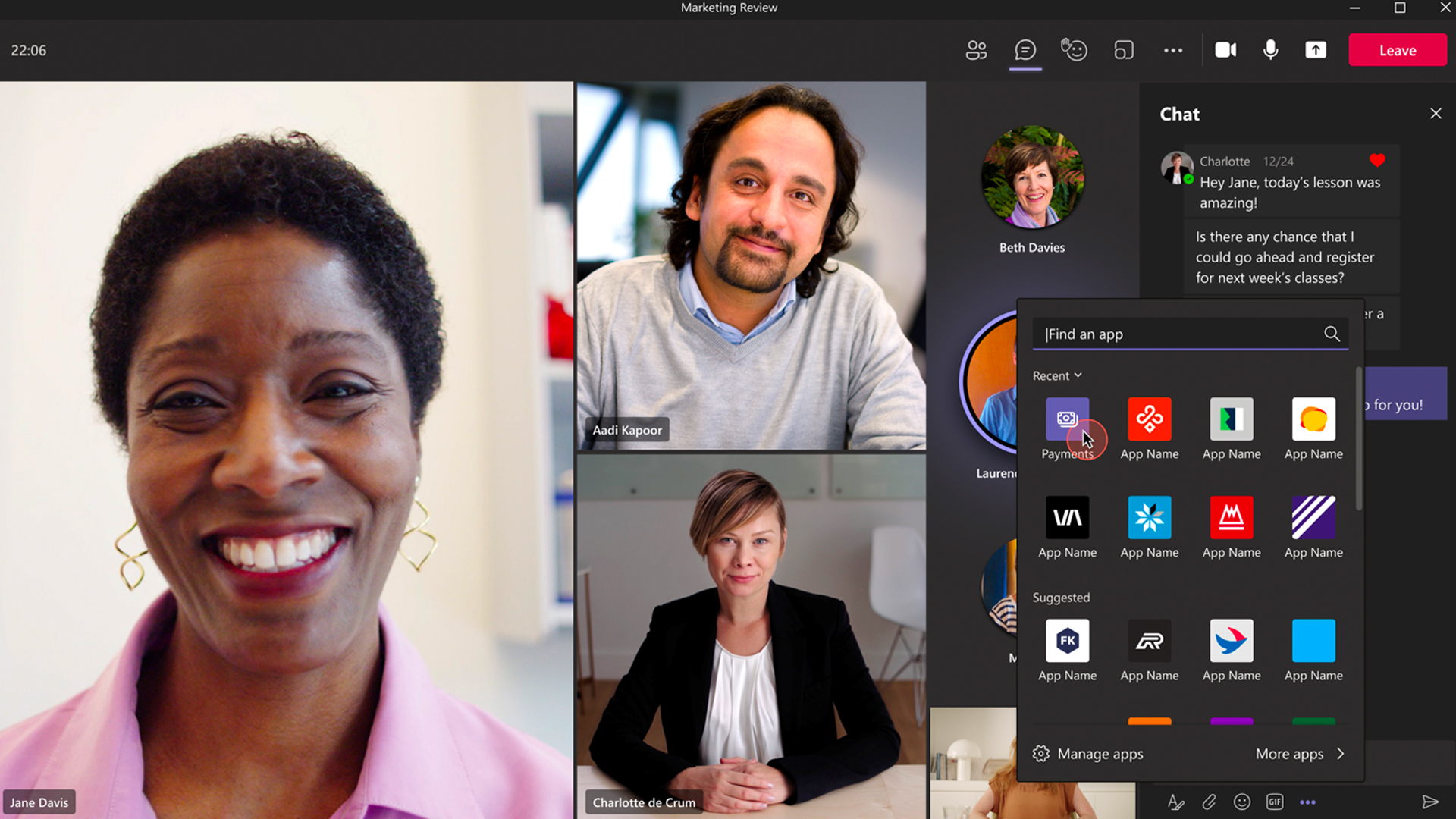 Microsoft Teams now allows SMBs to collect payments in meetings
Microsoft Teams now allows SMBs to collect payments in meetingsNews With the help of PayPal, Stripe, and GoDaddy, the Microsoft Teams Payments app offers in-meeting payment requests
By Connor Jones
-
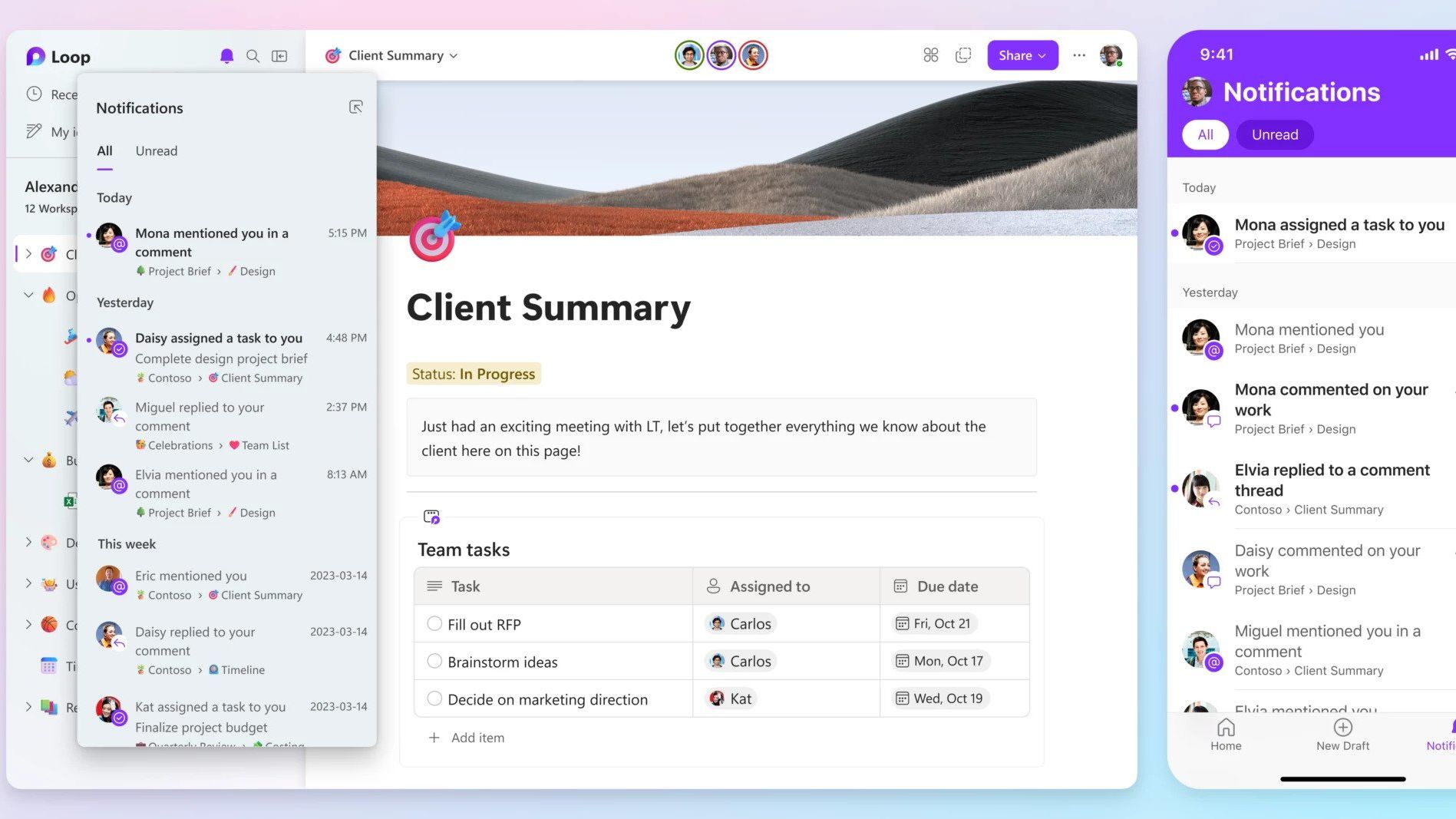 Microsoft launches collaboration platform Loop, its answer to Notion
Microsoft launches collaboration platform Loop, its answer to NotionNews Greater collaboration tools are coming to the Microsoft 365 suite, aiming to help teams work together without having to jump between different apps
By Zach Marzouk
-
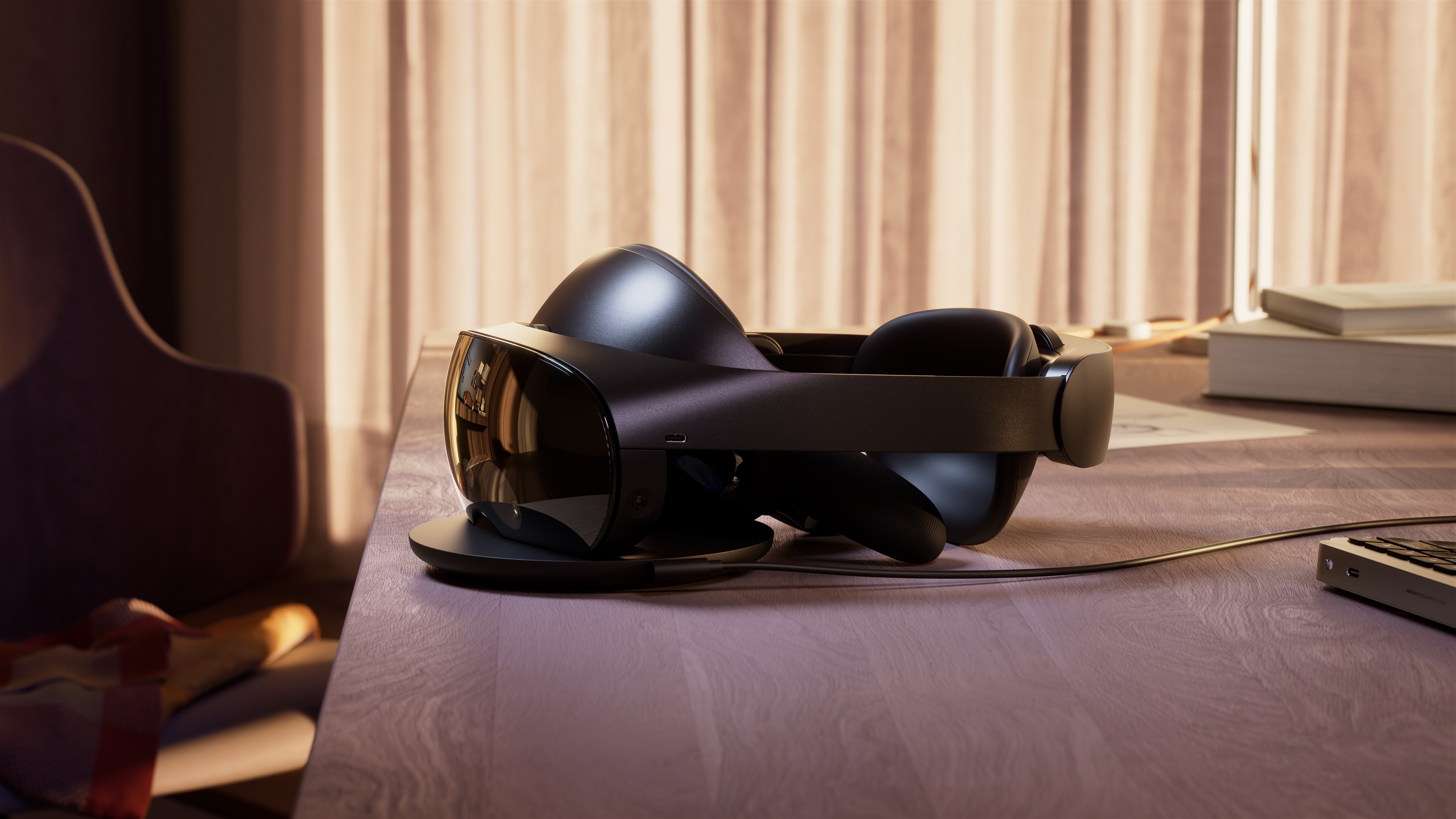 Meta Quest Pro preview: Meet Meta's 'laptop killer'
Meta Quest Pro preview: Meet Meta's 'laptop killer'Opinion We go hands-on with the Meta Quest Pro, as the firm banks on turning hardware preferences upside down
By Bobby Hellard
-
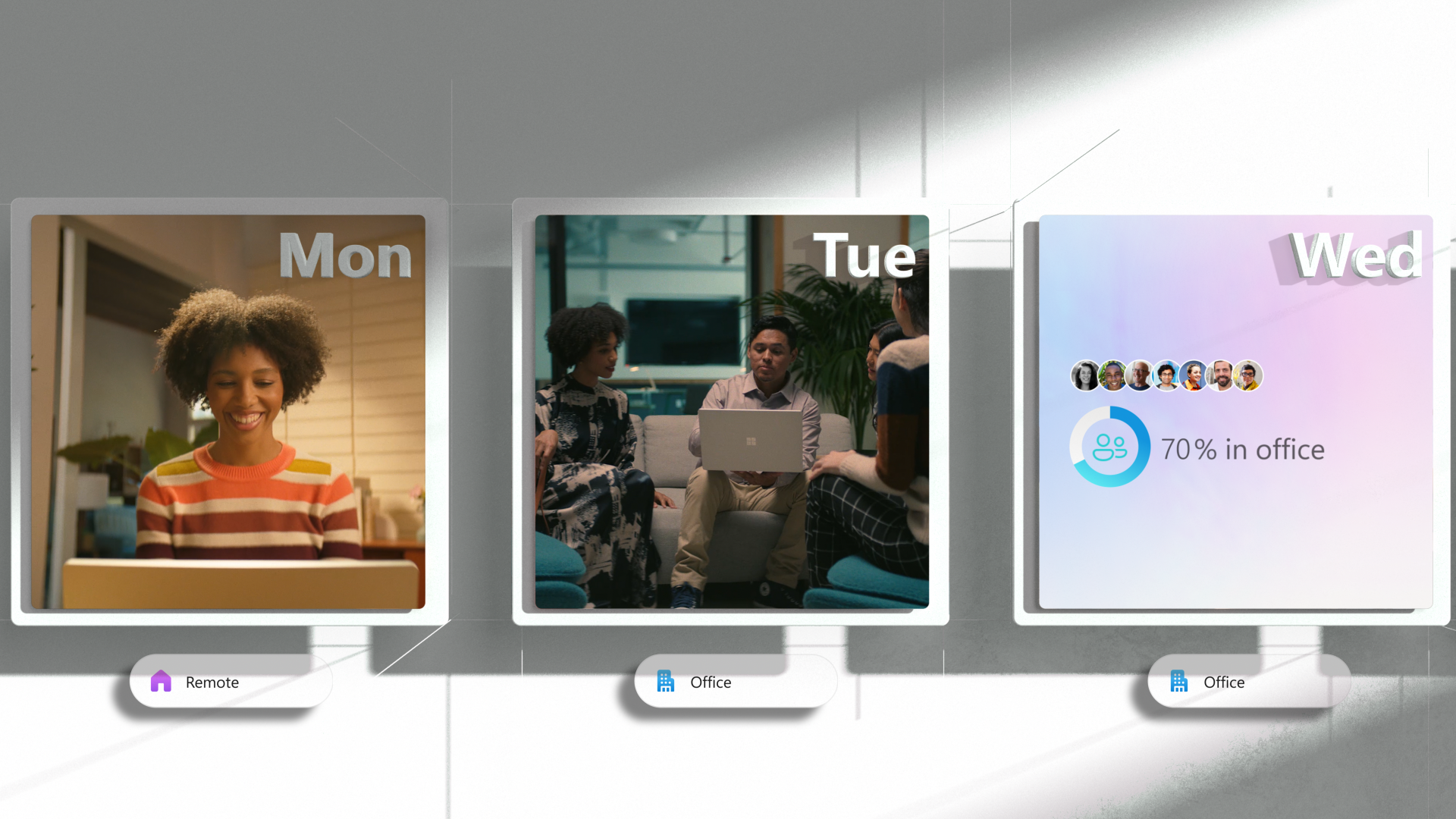 Microsoft launches Places, includes GPS-style navigation to help find meeting rooms
Microsoft launches Places, includes GPS-style navigation to help find meeting roomsNews The new app built specifically for organisations adopting a permanent hybrid work model brings new features to manage people and the workplace itself
By Connor Jones
-
 The IT Pro Podcast: Enabling bilingual business
The IT Pro Podcast: Enabling bilingual businessIT Pro Podcast How Wales is using digital tech to deliver a greater choice of languages
By IT Pro
-
 Podcast transcript: Enabling bilingual business
Podcast transcript: Enabling bilingual businessIT Pro Podcast Read the full transcript for this episode of the IT Pro Podcast
By IT Pro
-
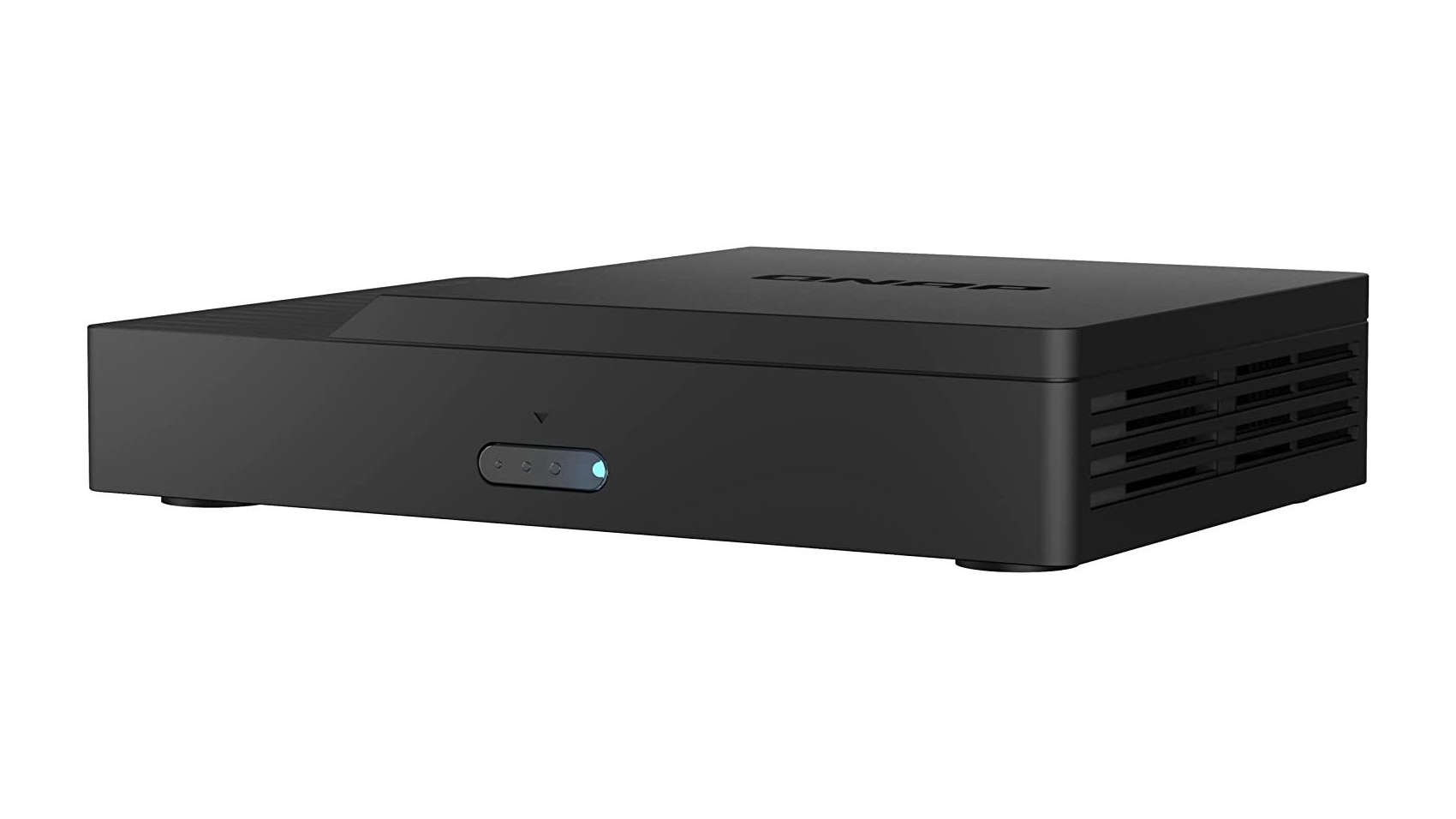
 Qnap KoiBox-100W review: An intriguing alternative
Qnap KoiBox-100W review: An intriguing alternativeReviews A versatile and affordable videoconferencing solution with great wireless screen presentation features
By Dave Mitchell
